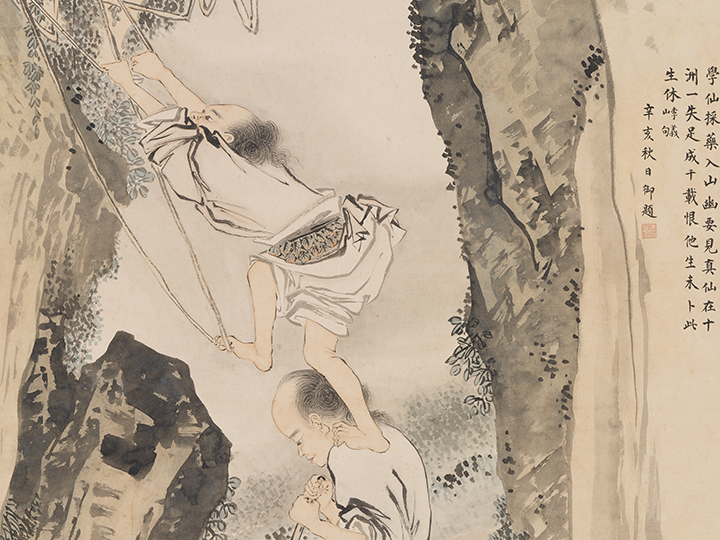Bencao, or "materia medica," is the umbrella term for pharmacology in ancient China and can be divided into classes including cao (herbal plants), gu (grains), cai (vegetables), guo (fruits), mu (trees), chong (insects, amphibians and reptiles), lin (fishes) and jie (animals with a shell) as well as qin (fowls), shou (beasts), jinshi (metals and minerals), shui (water), tu (earth), huo (fire), fuqi (textiles and tools) and ren (humans). Medical practitioners would look at the patients' symptoms and make prescriptions using one or more ingredients. Starting in the 7th century, Japan received an influx of medical texts and knowledge from China, and beginning in the 15th century, interaction between China and Korea in the medical field also stepped up. As a result of this exchange, Japan and Korea started to turn out pharmacological compendia and medical texts based on recipes from Chinese medical books. This section takes visitors into the world of ancient pharmacology by showcasing medical classics including Jingshi Zhenglei Daguan Bencao (Pharmacopoeia of the Daguan Reign) and Bencao Gangmu (The Compendium of Materia Medica), as well as precious artifacts such as illustrations of herbal medicine and horse bezoars, which were ingredients in Chinese medicine. In addition, Japanese texts including Yakushushō (Annotations of Medical Plants) and Honzō Wamyō (Japanese Names of Medical Herbs), as well as Korean titles such as Uibang Yuchwi (Classified Collection of Medical Prescriptions) and Hyangyak Jibseongbang (Compendium of Folk Medical Prescriptions) are testament to the far-reaching influence and dissemination of traditional Chinese medicine.
:::



